My fifth year of running the indie game development studio is behind me. On January 26th 2021, Coldwild Games has turned five. Did I hope I’d get this far? Yes. Did I think we’d get this far? At times, if I am being realistic and honest, no. In this post, I am going to share this year’s personal discoveries and lessons learned.
If you want to compare it to previous year, here’s my fourth year summary
Finding Your Niche
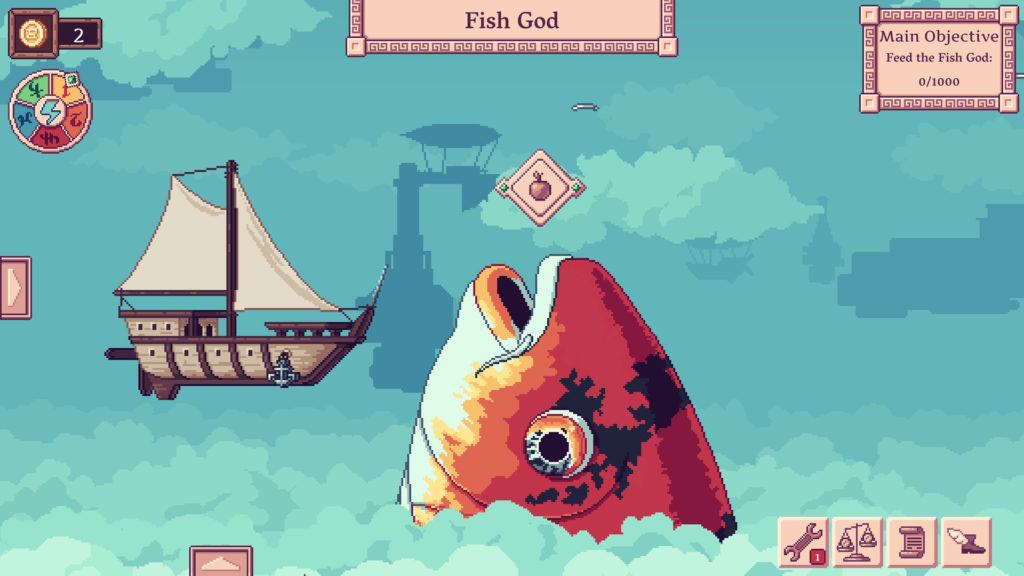
Our biggest event of 2020 was out-of-early-access release of our game, Merchant of the Skies. Up until now, we’ve sold around 50000 copies on all platforms. I think 2020 encouraged me to keep working on peaceful games. I am not going to avoid games with combat entirely, but for now I really enjoy coming up with ways to make non-violent games fun. If anything, 2019 and 2020 has proven to me that there definitely are audiences who are OK with the lack of combat.
I think Merchant of the Skies has been a success mostly because of the amazing art by Elena Nazarenko ( https://twitter.com/ElenaNazaire ). That made me prioritize aesthetics-first approach for some of our next games.
Data
Here are some stats from previous years.
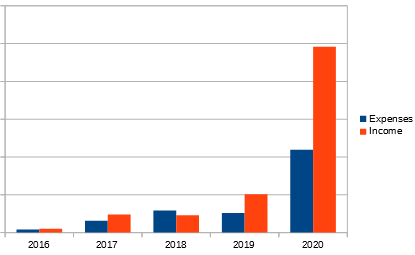
The income in 2020 was greater than 4 previous years combined. The same goes for expenses.
Regarding income: Merchant of the Skies had a good early access graduation and console launch only strengthened it further.
Regarding expenses: first, the studio expanded a bit. But also the current company policy is to give creators / long-term contractors a profit share of the game they are working on. The usual % that someone gets now is at least 10% of the game profits, in addition to the salaries / contractor payment. Of course, as studio expands, this ratio is probably going to go lower, but I share around 30% of every project’s profits with people who helped to create it.
This approach does have drawbacks: since studio savings grow in a notably slower manner, each project is way riskier.
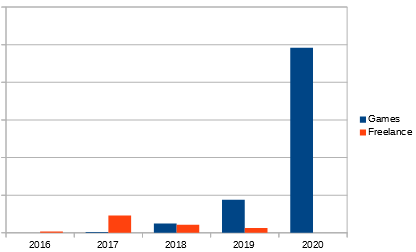
2020 was the first year where we could stop freelancing entirely and just work on our own stuff. Trust me, it feels good and I am very lucky to be here. But it adds a new level of challenge: once you reach a status quo, you get extra stress from trying to maintain it.
The studio has grown in size. As of now, we are currently working with 4 contractors and three full-time employees (that number includes me). The plan right now is to not go crazy with expansion, but rather take it slow and ramp up the development progressively.
The GDC Talk
Despite GDC on-site event being cancelled, I managed to give a talk remotely. Not as cool as being in San Francisco, but still a personal milestone in my book 🙂
My talk, “Choosing Your Art Before Making a Game” is a summary of my aesthetic-driven development approach. It shows what I’ve learned and how we approached the development on Merchant of the Skies by putting the art first and marketing as early as possible.
We got lucky?
Merchant of the Skies leaving early access resulted in higher income than the early access launch itself (quite a rare occurrence, judging from what I’ve heard from other developments).
Nonetheless, each one of our games except for the first one essentially broke even at the very least. Make no mistake: this is mostly because of low expenses running a studio. My current net studio salary is under $1200/month (still a very decent amount for Latvia, but way less than usual sofware engineering jobs are paying way more). I am far from being a millionaire, even with a relatively successful game.
As it stands now, we have a chance to make two more games at the very least. Why am I not running around and pitching the studio everywhere? Because I want to make sure that we can consistently create good games that can comfortably sustain us.
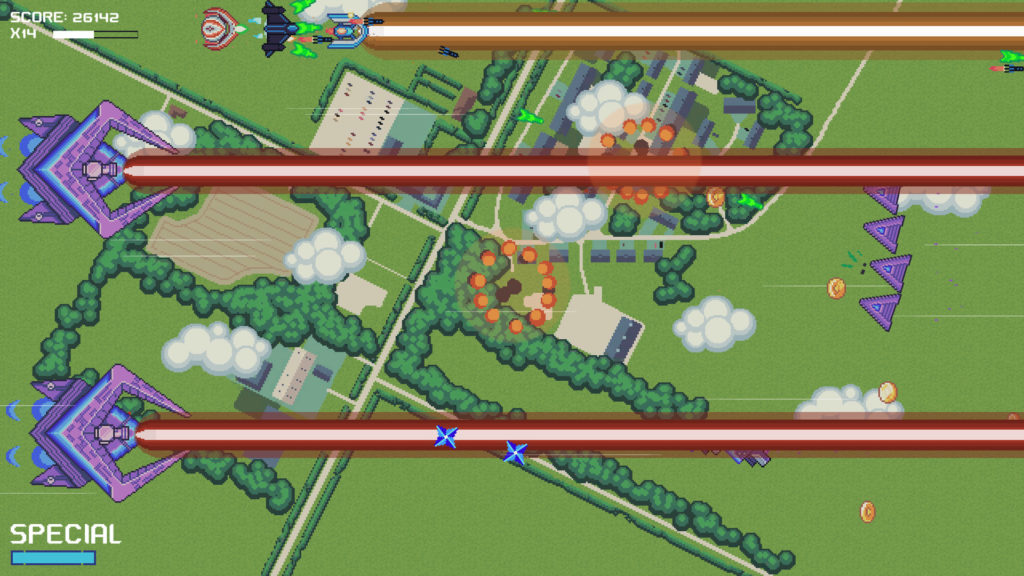
What’s Next
I want to have a studio that works on 2 projects at the same time to reduce the risks. As I distance myself from programming and going more towards the management / planning role, I began to understand that I want to have a studio that is centered on the people, their personalities and individual growth. I can make games, but I also like seeing people grow creatively and take responsibility for their work. I want to have a crunch-free place (maybe except for one week of paid crunch before and during the _actual_ release because it’s impossible to work 8 hours only when you constantly need to reply to player feedback and adjust stuff). Work-life balance has been a priority of late 2020 and early 2021 and we plan to continue being that way.
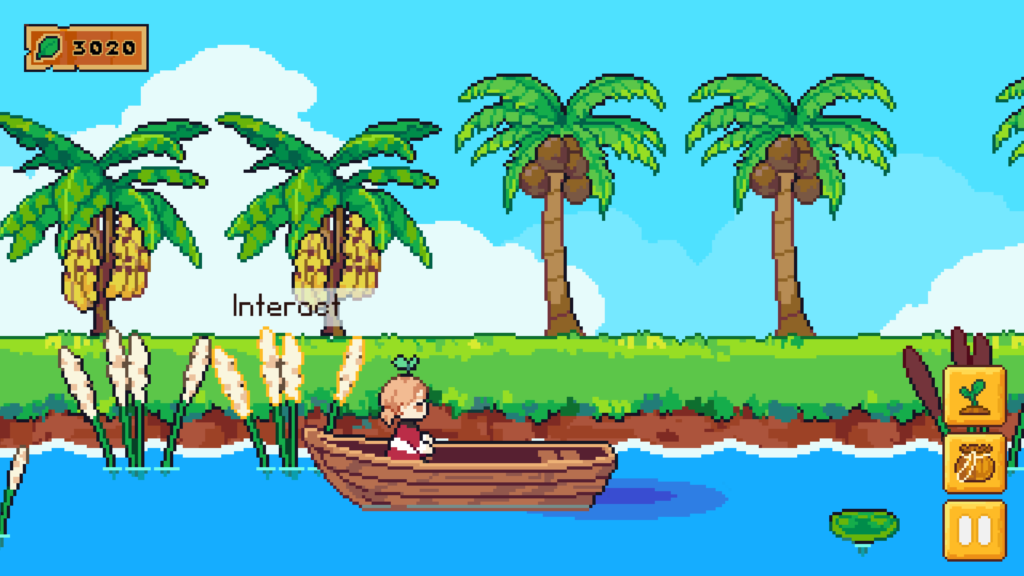
Ideally, I’d like Coldwild Games to be an alliance of small in-house studios and creators, each working on their own unique ideas, rather than the studio that works something big. I’d rather support talented people working on what they like rather than force my own views all the time. I can’t completely do this yet, but I might be able to later. If you are running an indie operation and like developing games, but want to meet someone who could potentially handle your production process / marketing and publishing help – drop me an email, I’d love to talk. I don’t just want to publish games and bail, I want to follow the people along their way, with both successes and failures.
These 5 years have been a real adventure. I still enjoy making games very much and I hope that I will get to continue doing it. Thanks to amazing people who worked on our games with us and our community of friends, who supported us along the way. I hope for many more years of working together.

Look at you, doing it already for 5 years – Epic!
I’m trying to achieve the same, and such blog reads help stimulate the movement.
Well done, and will keep that helping in mind 🙂
A lot of points intersects with my views, so now I can consider you as a role model ?. Happy to see your studio grow, keep going!